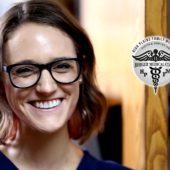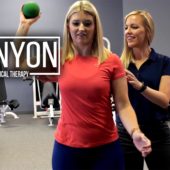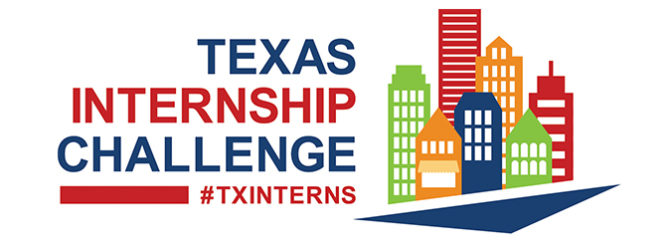Licensed Vocational Nurse
Bureau of Labor Statistics, U.S. Department of Labor, Occupational Outlook Handbook, Heating, Air Conditioning, and Refrigeration Mechanics and Installers,
on the Internet at Bureau of Labor Statistics, U.S. Department of Labor, Occupational Outlook Handbook, Licensed Practical and Licensed Vocational Nurses,
on the Internet at https://www.bls.gov/ooh/healthcare/licensed-practical-and-licensed-vocational-nurses.htm (visited November 03, 2019).
Salary information comes from the Bureau of Labor Statistics, Occupational Employment Statistics Program, a semi-annual survey that provides wage and employment statistics for the nation, each state, and sub-state regions.
Written by Phillip















